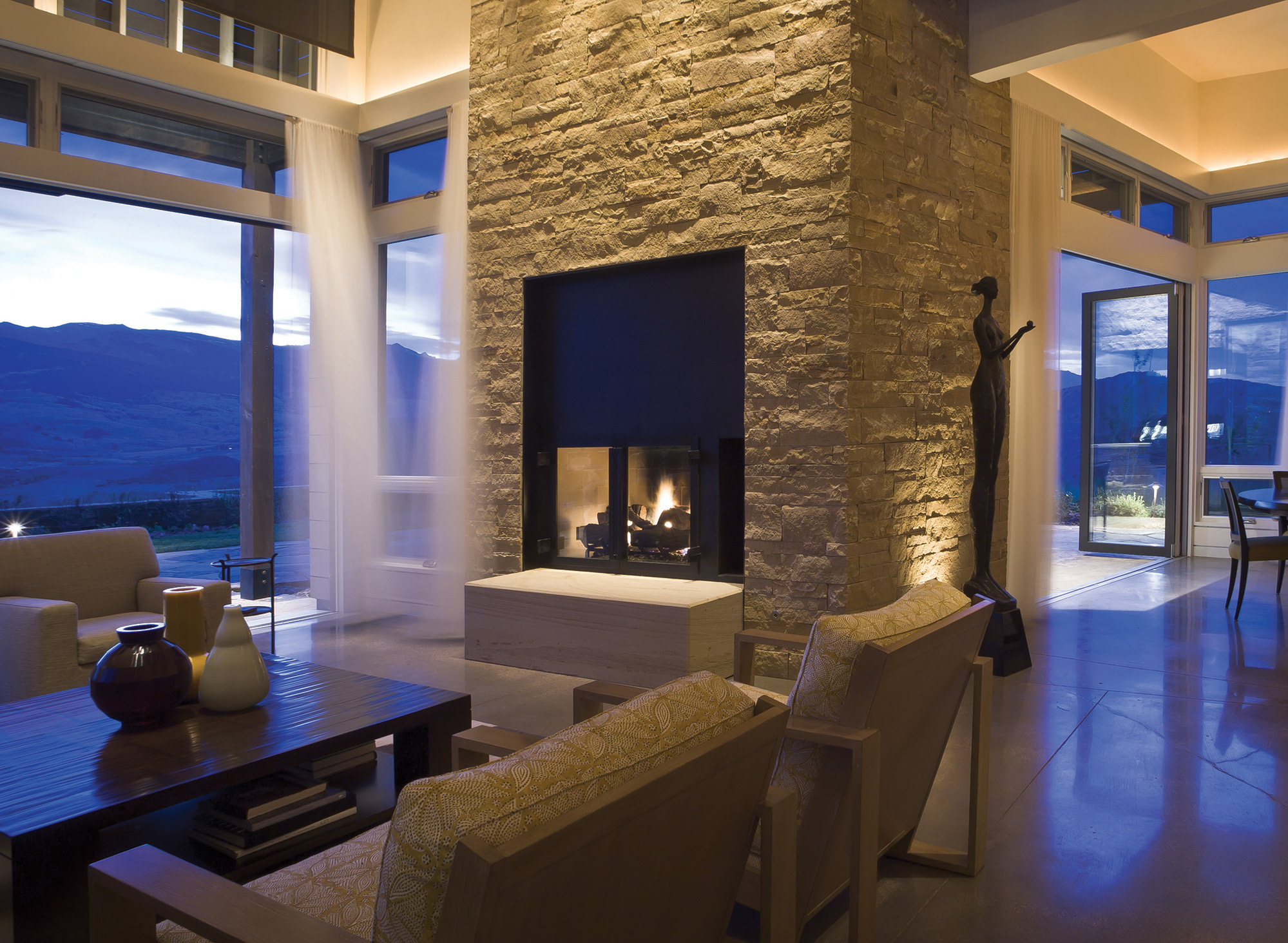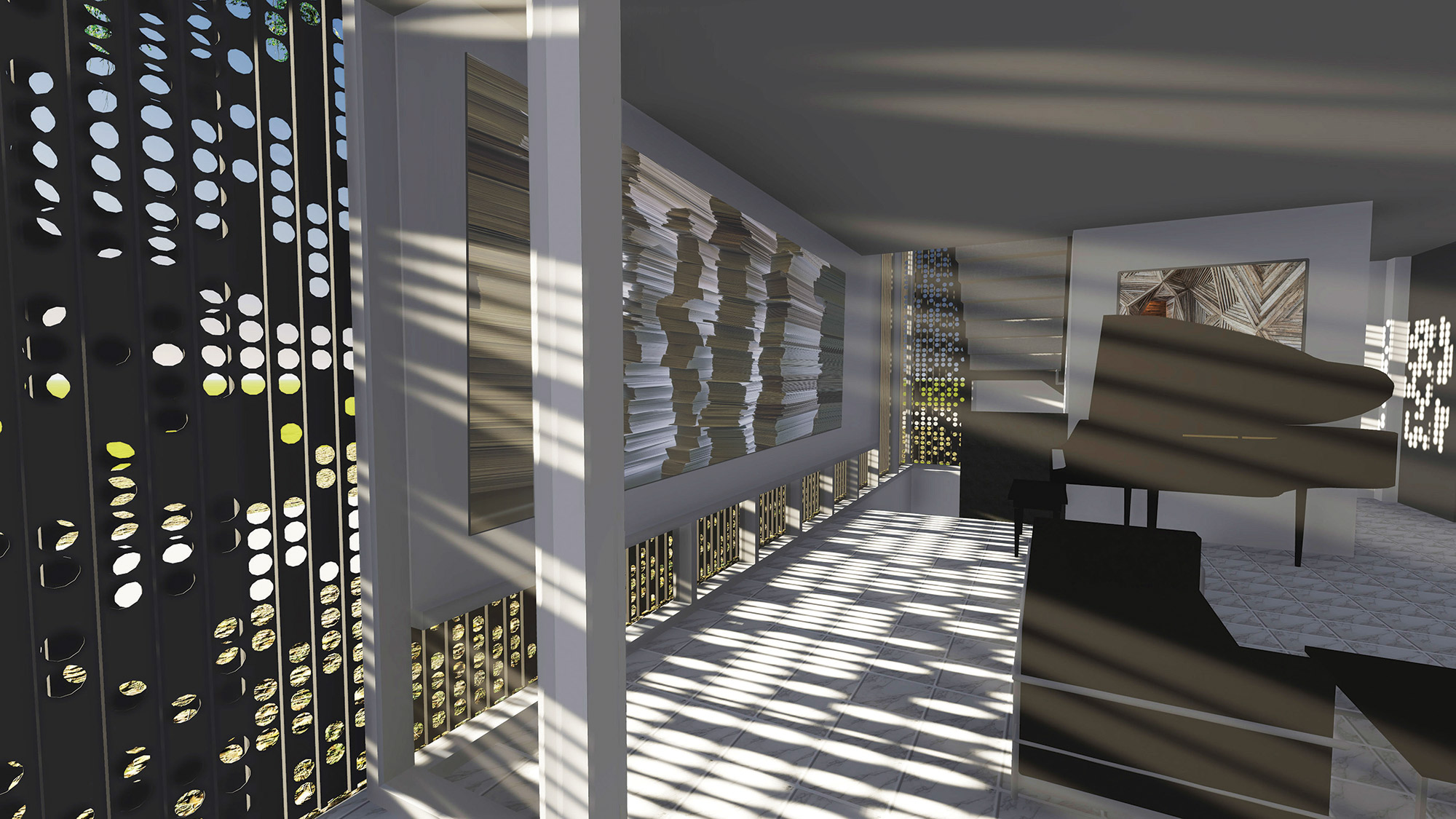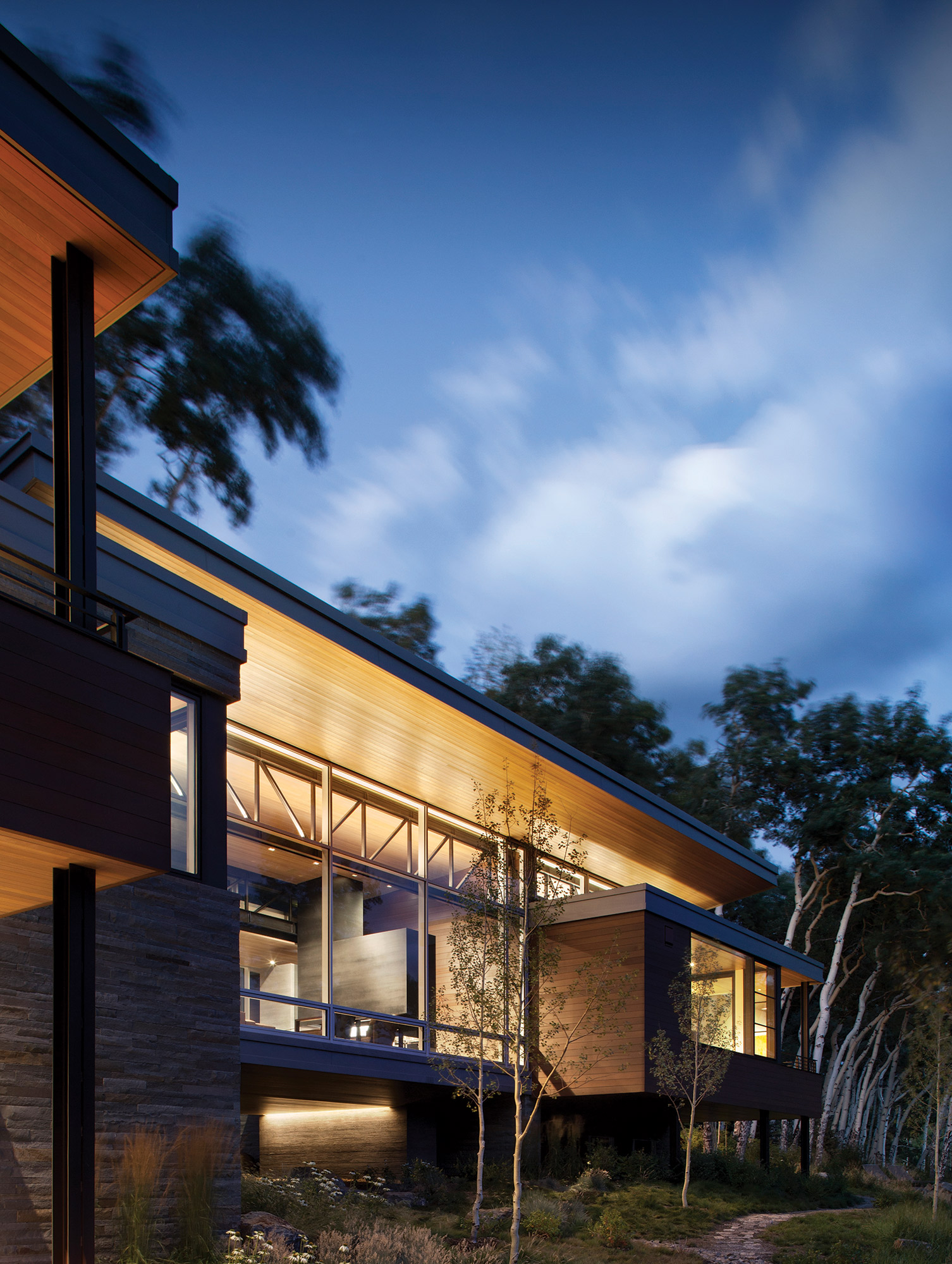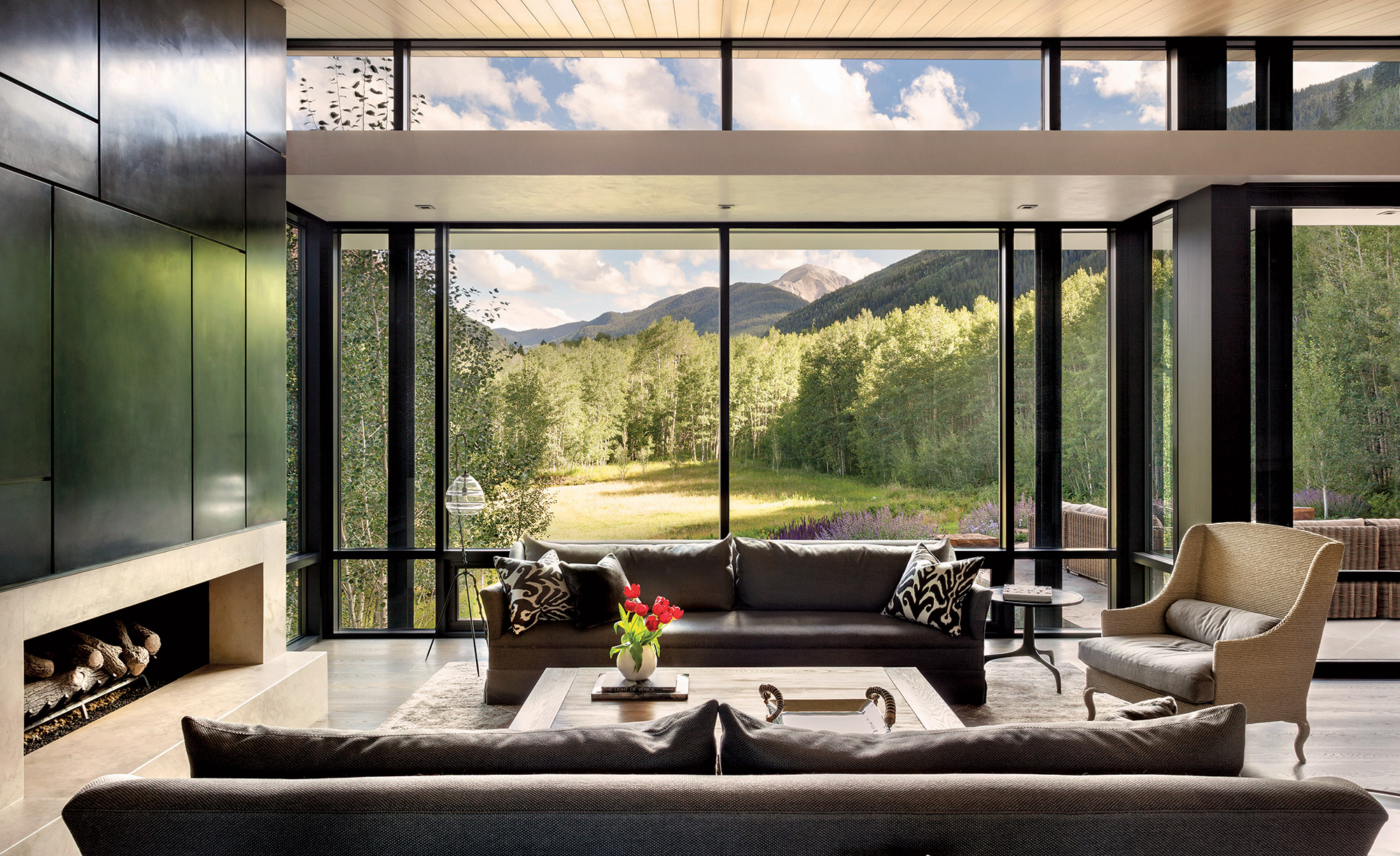
17 May Rendering: Designed for People and Place
Designing a home can be a dream, particularly if it’s your home and the design is guided by innovative architects who look to you as a source of creative inspiration. In this world of nanosecond technology, of computer-aided design and even Pinterest, it’s never been easier for clients to generate their own ideas. Gone are the days when the architect, bolstered by a studio of draftsmen, disappeared into his office for hours to independently render a design. Today’s homeowners are savvy, engaged and educated, and some architects are reveling in the synergy created by collaboration.
CCY Architects, voted AIA Colorado’s 2015 Firm of the Year, is one such example, explains client Mark Iola. “Many architects have a point of view and you hire them for that point of view,” he says. “CCY’s collaborative process is incredibly interactive and interesting. They spend hours on something to ensure its success. It’s that process that delivers beautiful, clever and well-conceived design.”
The firm opened in the historic Elks Building in downtown Aspen, Colorado, in the early 1970s. Recognized immediately for an inventive approach, CCY racked up numerous state and national awards for its regionalist method that reflected the mountain environment. Today, the company’s list of award-winning projects includes custom homes, resort hotels, ski lodges, ranches and an art museum. Many of its accolades over the years recognize CCY’s dedication to sustainability, a value fundamental to the firm’s approach.
Clients, past and present, agree that CCY’s work exhibits a visually interesting, creative and sophisticated style. As client Brian Boyd says, the firm is “hyper-vigilant” about creating architecture that complements the surrounding landscape. A current example of this philosophy is found in a soon-to-be-built residence located at 9,000 feet near Aspen. The physical landscape — the forest, the view and two nearby creeks — provides elements “you want to connect to,” explains partner Rich Carr. “But there’s also the wind and the sun and all those microclimate issues that need to be incorporated into our overall thinking about how this place lives. We address indoor-outdoor living for every landscape in which we work — and they are all different.”
CCY’s reputation now extends beyond the Rocky Mountains of Colorado and the company is proud that its philosophy and talent are embraced from coast to coast. Carr attributes the firm’s far-reaching success to its fresh approach to design and process, no matter the location. “Clearly our roots are still in the Mountain West, but we really enjoy engaging with new landscapes,” he says, noting that part of that means exploring different points of view. “Philosophically, we have always wanted to create architecture that is progressive. We intentionally erase the box that is the building in order to open the structure to the surrounding landscape.”
Partner John Cottle agrees. “Good architecture should be transformative. When you’re in a well-designed building, you should be able to engage with your surroundings in a new and enlightened way. Frank Lloyd Wright’s Fallingwater is the perfect example because of how it engages with its site, and specfically the waterfall, in such an honest way.”
The firm pushes the boundaries of aesthetics and design, but Cottle is quick to add that the work is not about incorporating preconceived forms or a specific style. “We interview the clients and we interview the site. Our job is to create architecture that will positively benefit our client’s lifestyle. Is it healthier, more soulful and more truthful? If we can all come to a place where the answer to all three is yes, then we have done our job.”
- This one-story home nestles unobtrusively in its high mountain setting. Sloping rooflines and walls of windows create an intimacy with the surrounding natural environment.
- Walls of windows and sliding doors further emphasize the integration of natural and built environments. Photo: Nick Tininenko
- CCY principals Larry Yaw, John Cottle and Rich Carr. Photo: Brent Moss
- Frédéric Chopin’s Nocturne in E-flat major appears as cascading light when applied to the exterior cladding.
- Creatively spanning the forest floor, the Bridge House minimizes its impact on the surrounding natural environment. It sits high on a ridge overlooking Beaver Creek Resort and New York Mountain in Colorado. Elevated above the forest floor, the transparent bridge element connects the private and public areas of the home.
- The existing cottonwood “bosque” and the accessibility of the creek are central features in this home. A folding plane roof system bearing some resemblance to origami — a nod to the owners’ Japanese roots — introduces light and captures carefully curated glimpses of the sky and surrounding ridge tops. Photos: Raul J. Garcia Photography
- Set on the edge of an aspen grove, the home embraces long views of high peaks and mountain meadows. Photos: Raul J. Garcia Photography













No Comments